Formerly: New Law Courts Building, Police Commissioner’s Office
Address: 56–66 Bank Street
Year built: 1927–1931
Architect: Thomas Oliphant Foster (architect), United Engineers Ltd. (contractors)
The photos show this monumental building, which occupies an entire city block, covered in scaffolding in late 2013. After the renovations, pedestrians will once again be able to enjoy the huge arcade covering the pavement along Strand Road. The complex recalls the architecture of Lutyens’ Delhi, a part of New Delhi designed by and named after British architect Edwin Lutyens. There is a good reason for this: Thomas Oliphant Foster previously worked in Delhi under Lutyens, whose classicism and monumental tastes inspired many architects. During Foster’s time in Delhi, he was also John Begg’s assistant. Is it a coincidence that both Begg and Foster moved to Rangoon later?
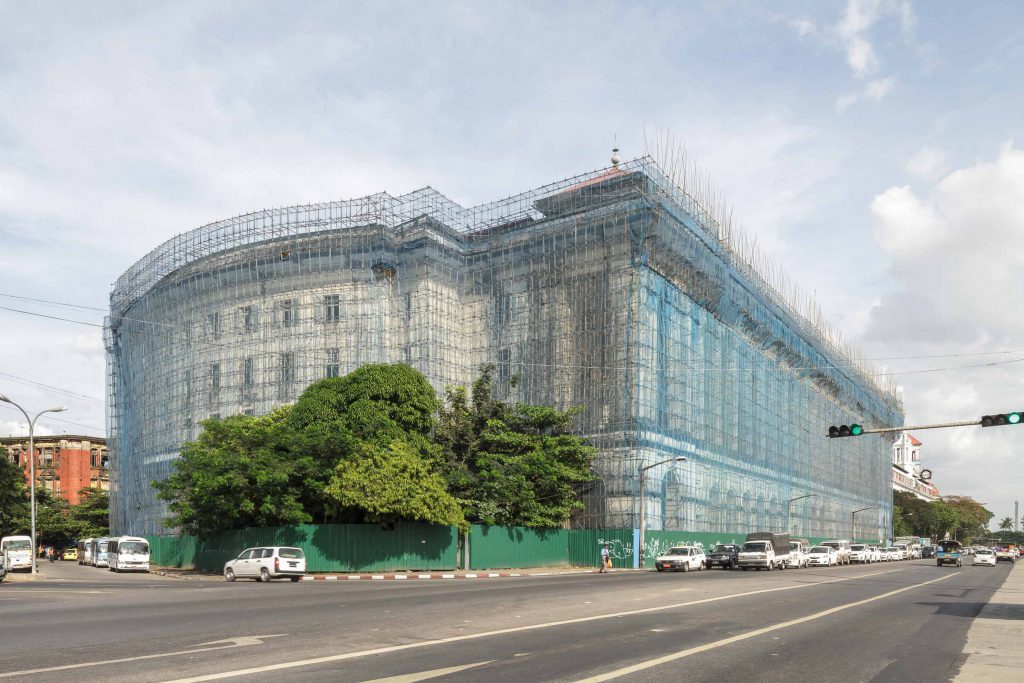
The renovation of the building is due to transform the Yangon Division Office Complex, as it was known until recently, into a 229-room luxury hotel operated by the international Kempinski chain. Initial designs were drawn up by DP Architects, a Singaporean firm. It has since left the project. The plans will no doubt be altered given the involvement of new architects and the passage of time. However, they give us an idea today of how the more ambitious projects involving a heritage building might look. DP foresaw two basement car parks extending away from the building underneath Sule Pagoda Road and Bank Street, to protect the foundation’s structural integrity. On the ground floor, a 1,000-seat ballroom, restaurants, cafes and retail shops would be publicly accessible. The private areas of the hotel, including its reception and lobby, start on the first floor. The proposal also foresaw the installation of glass roofs to cover the two spacious atriums (see the sketch printed alongside this text). The fifth and top floors were chosen as the location for the hotel amenities such as its gym, spa and swimming pool.
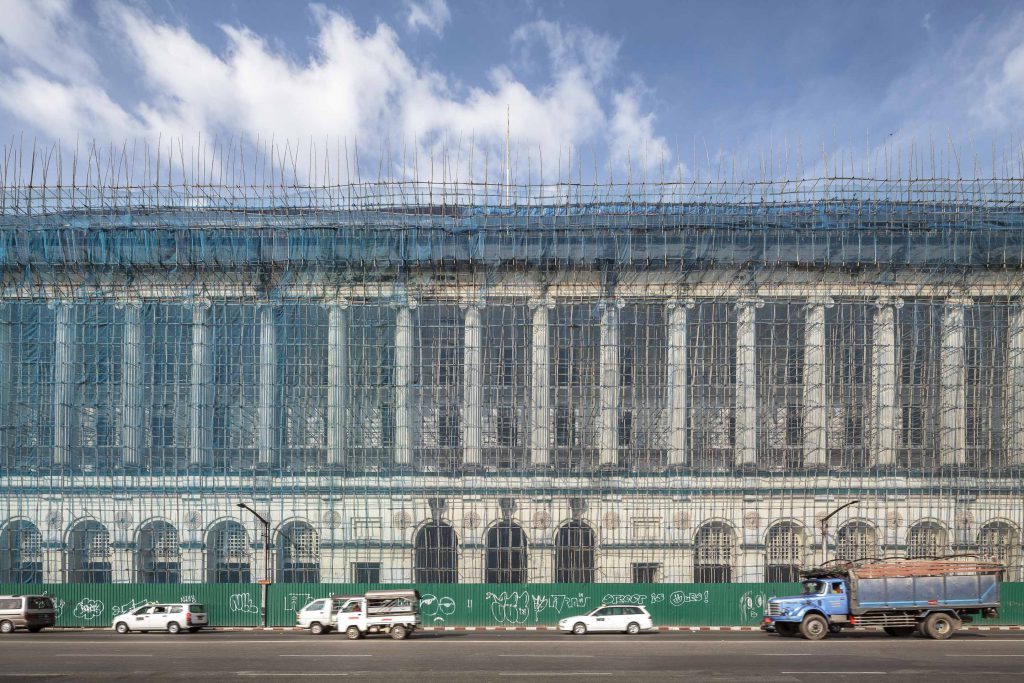
The company behind the project, JL Family Group, won the tender for the site’s 60-year lease in 2012 with a bid of 14.4 million US dollars. It also promised to pay 7 per cent of annual hotel revenue as rent. JL operates several hotels in Myanmar and Singapore, but none in the five-star property league. To stem the construction cost, the project will be partly financed by Siam Commercial Bank, a Thai bank. Besides Kempinski, another partner in the project is the Thai furniture manufacturer Kanok. Purcell, a UK- and Hong Kong-based firm of heritage consultants, has been hired to draw up the conservation management plan. Construction is slated to be finished in 2016.
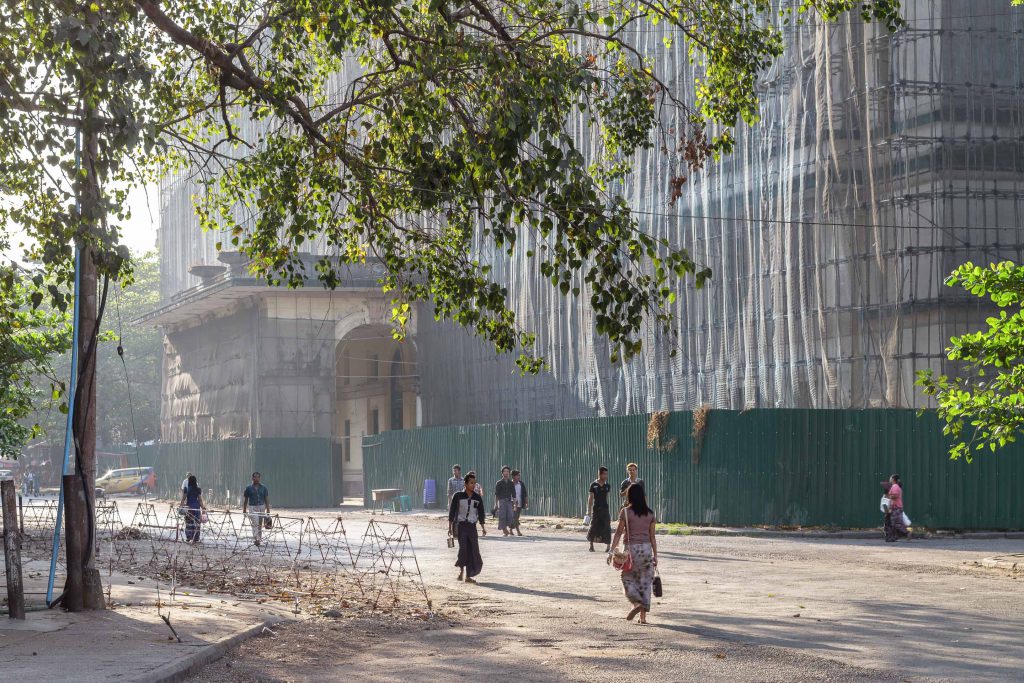
The project has attracted major criticism since its announcement in 2012. The Lawyers’ Network, a local organisation, says the city would gain from keeping the building as a court. They have fought the project at every opportunity, including through attempted lawsuits. So far the Yangon Region High Court has refused to hear the case. If it does end up becoming a luxury hotel—which seems likely—it would be one with a sinister backstory. The Japanese occupiers used the top floor as torture chambers during the Second World War, as did the military regime in the 1960s and 1970s.
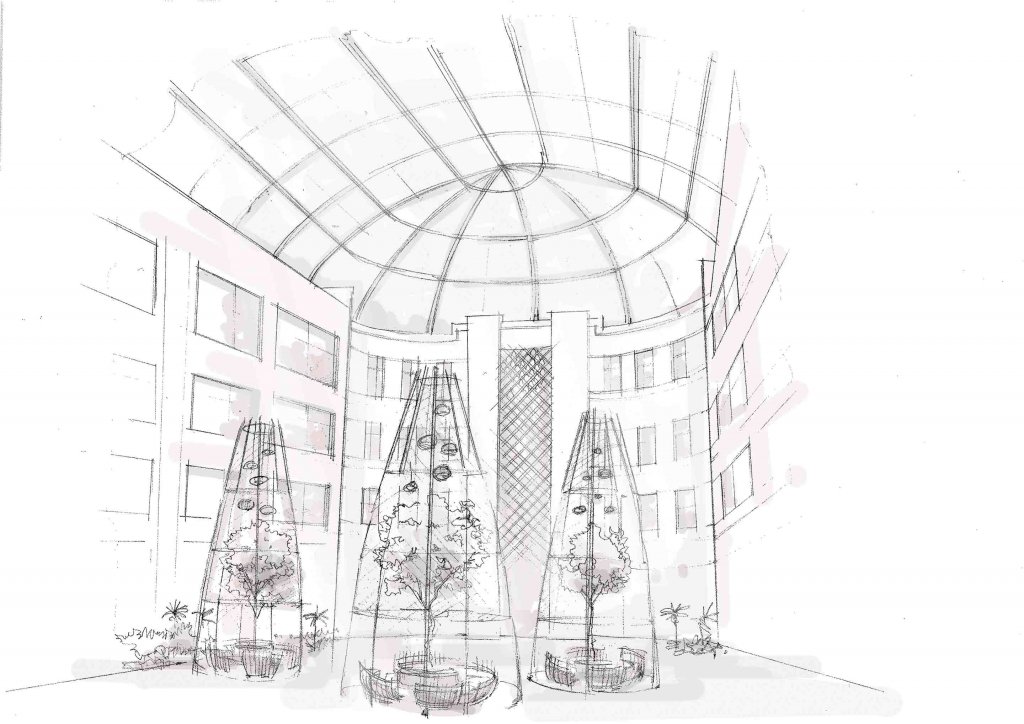
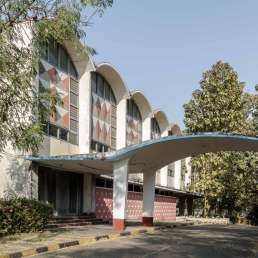
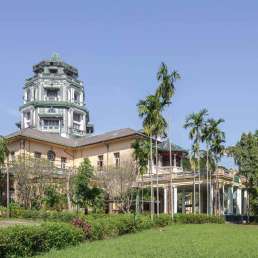
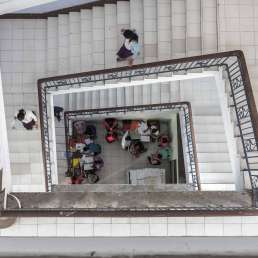
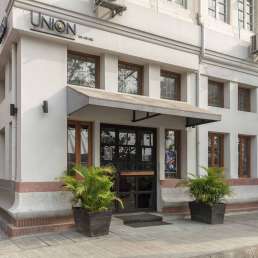
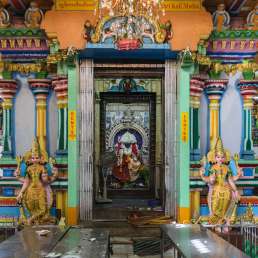
You might also want to note that the Chamber of Nationalities, the upper house of the Union Parliament, convened in the upper floor of this building from 1947 to 1962. There is a brief reference to this in the website of the Rosewood Hotel.